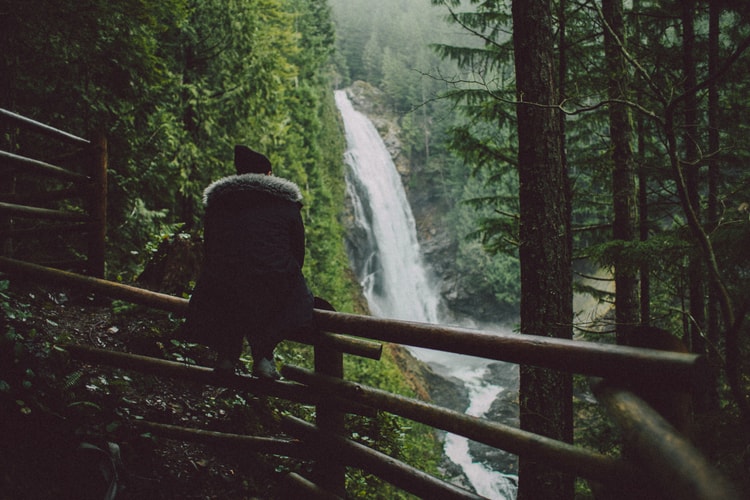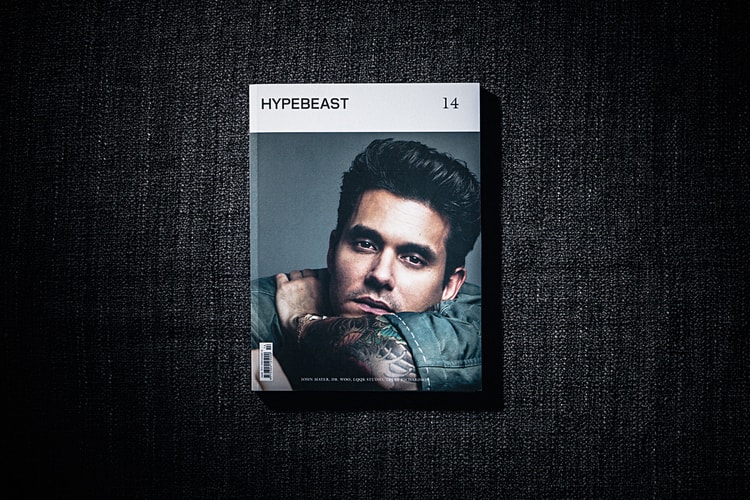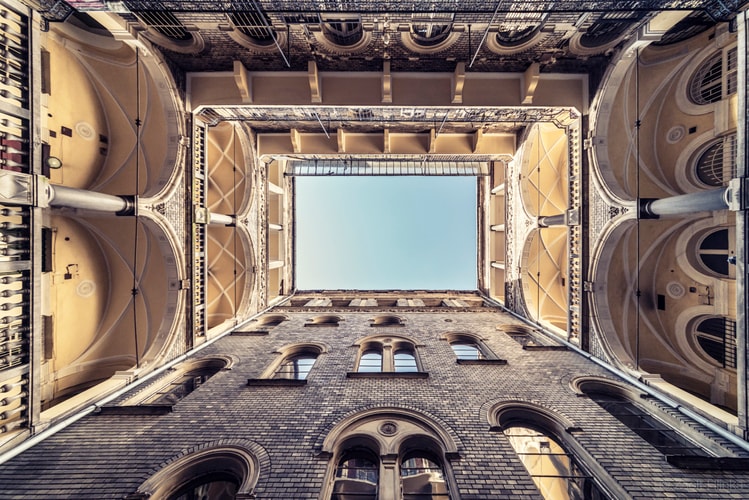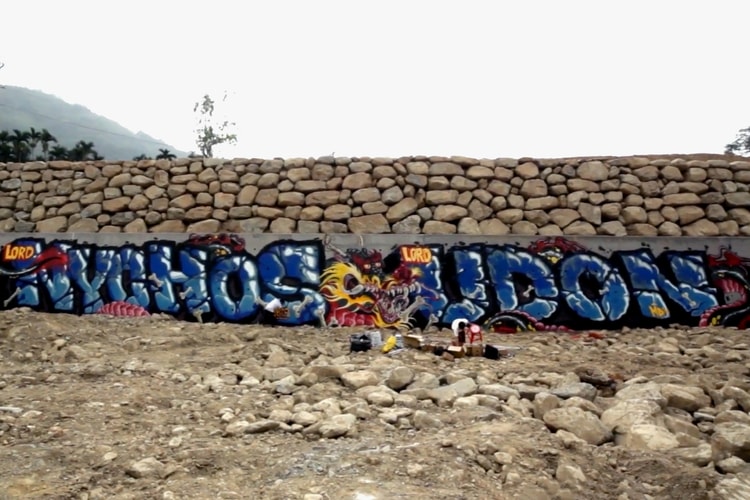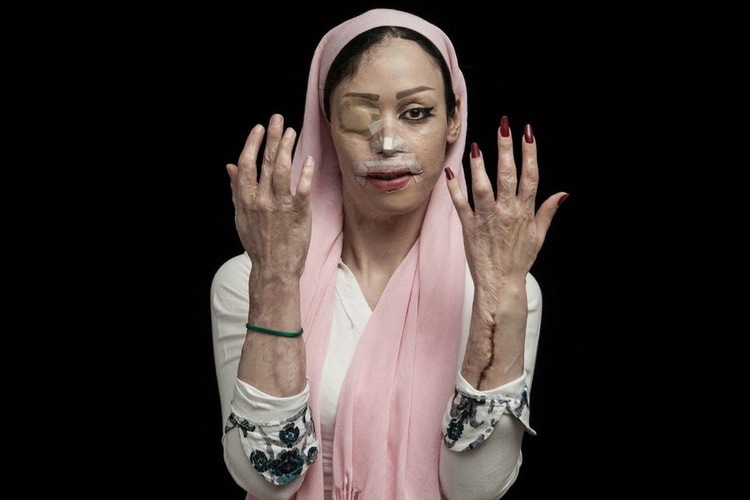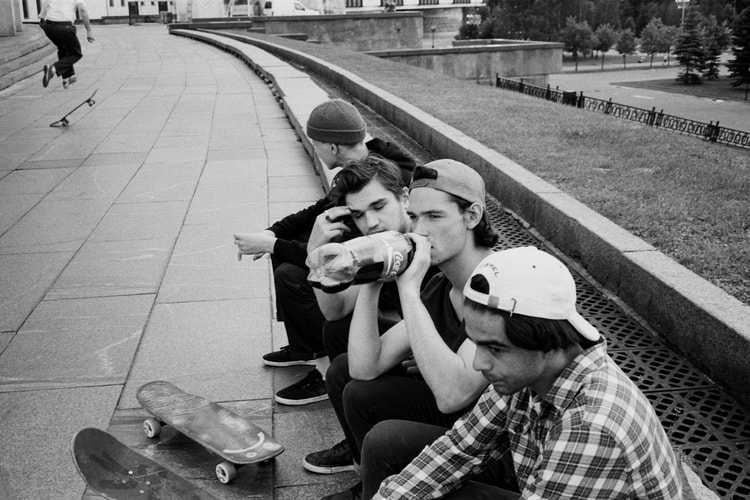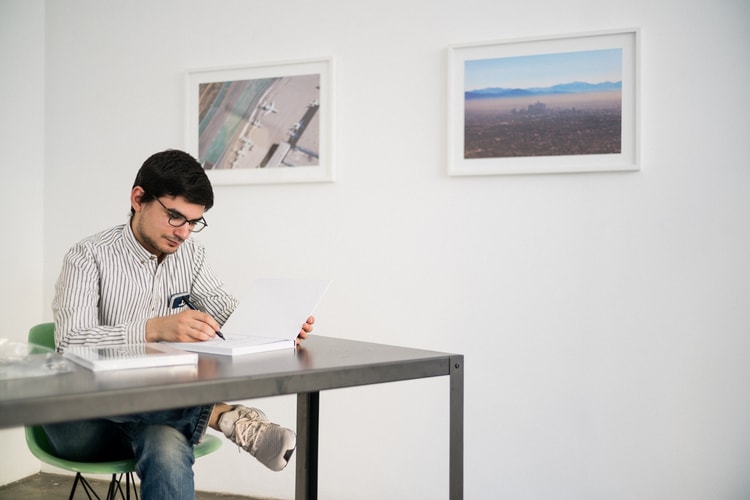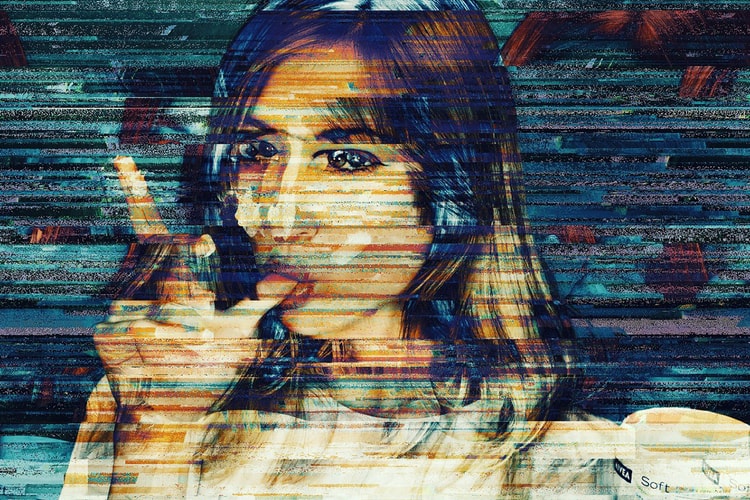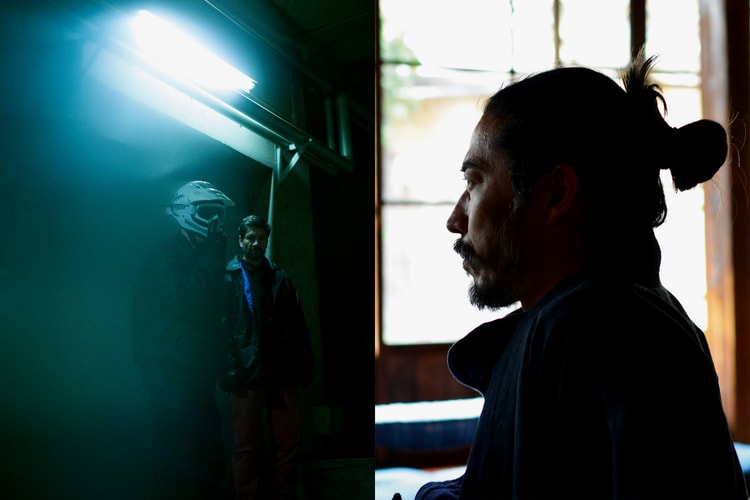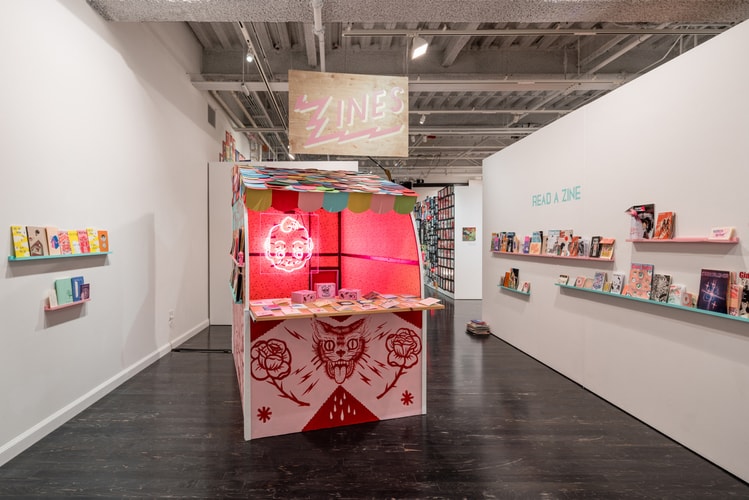The Duality of Photographic Storytelling with Rog and Bee Walker
We talked to the two photographers about their craft.
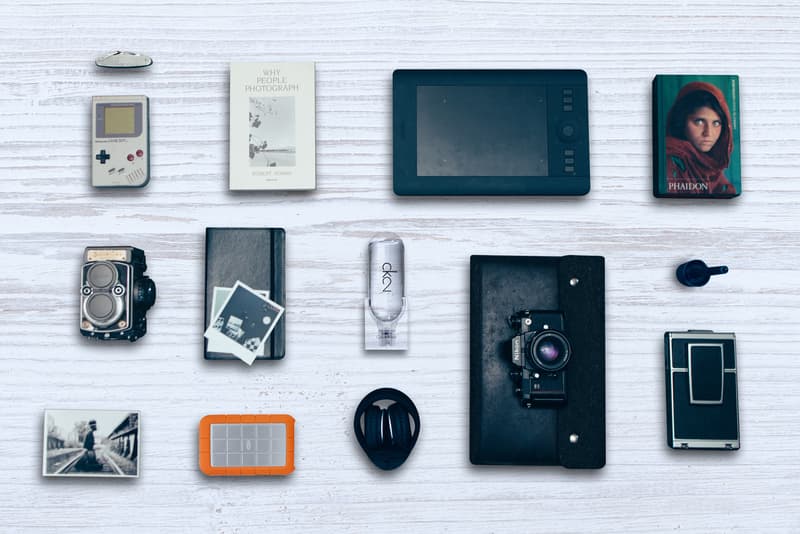
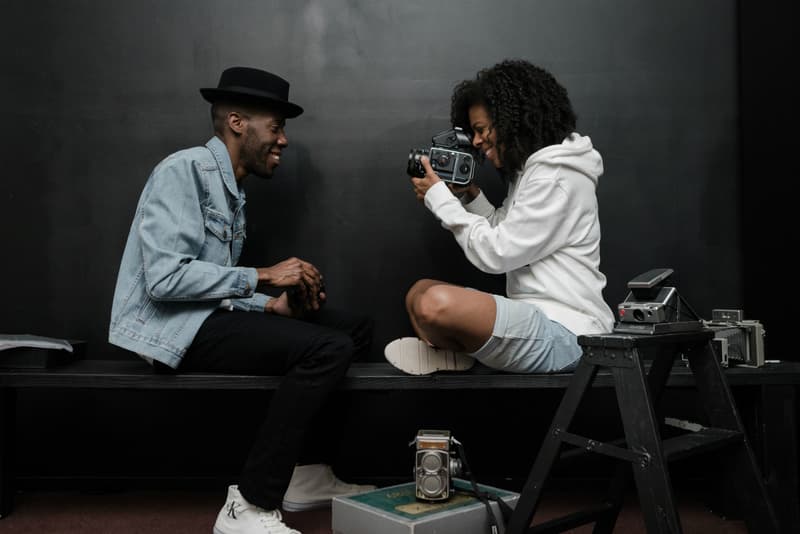
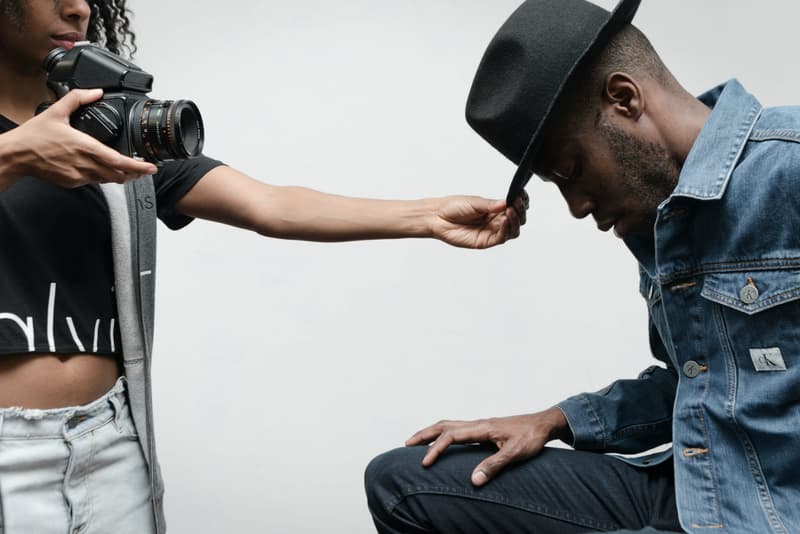
One a photographer of people; the other, a photographer of beauty and atmosphere. It’s refreshing to find such a couple that’s so right for each other, and that can be said for photographers Rog and Bee Walker. From shooting with people that range from Beyoncé to Vashtie, the visually-aware duo shed light on how they work alongside each other, while also sharing how they’ve learned from each other in the past and continue to inspire each other in the present. Thus their work, common mentalities in photography, and ultimate passion solidify their #the2ofus bond they inherently possess with each other.
We found time to speak with the esteemed photogs and discovered that things are done better when done together, and sometimes there may not be any big lesson to learn in life.

Both of your photography styles have a distinct taste to them. Can you explain in words what aesthetic is found in your photographs?
Bee: My work is a mix between street photography, lifestyle editorial, and social documentary images. My editing style is influenced by current art documentary work, photographers working in medium and large format, and photographers of the past, like William Eggleston, Joel Meyerowitz, and others.
Rog: Practically, my work consists mainly of portraiture. I like photographing people and using individuals to tell a universal story.
What message are you trying to get across with your photographs?
Bee: I believe the world is a beautiful place and that beauty isn’t always great to look at. I’m documenting what exists now with the knowledge that it will eventually pass away. I photograph with the intention to show what’s common and endearing about how people exist on the planet.
Rog: The stories I tell are all cultural commentaries. I often come across stories and ideas in life that either interest me or greatly frustrate me. My work serves as a deeper look into those ideas. Also, the people in my photos represent the world around me. I love meeting new people and fellow creatives. The collection of faces in my work showcase the wealth of experience I’ve had via creative relationships.
What was the biggest lesson you learned as you accrued your skills in photography?
Bee: The biggest lesson I’ve learned is that shoots (planned or spontaneous) rarely go exactly as envisioned. I’ve learned to make adjustments in the process and stay open to new things.
Rog: There’s no “biggest lesson” for me. There might not even be a big lesson. Perhaps the one big lesson would be that all of the little things make a huge impact when they’re applied consistently.
With the vast sea of photographs now found via social media outlets like VSCO, do you feel it pulls away from the core of what photography has been trying to accomplish, or is it improving the art?
Bee: I don’t think I can comment on the core of photography because it’s a medium that’s existed for hundreds of years, and I only claim a few of those years myself. In grappling with this topic while using multiple social media platforms, I came across a great quote by photographer Tom Zimberoff. In an interview he makes a ‘distinction between the routine use of Snapchat or Instagram from the purposeful use of a camera in the hands of someone dedicated to conveying a sophisticated visual idea’. I guess I’m doing both. I think that more people with developed visual vocabularies will improve art in general.
Rog: I think it’s improving it simply by expanding its borders. The core will always be the core.

What have you noticed from your partner’s work? What impresses you most?
Rog: Bee is highly intelligent and rarely sits on the surface of an idea. While others, including myself, create work that is linear, Bee thinks deeply about what is represented in her photos and how to communicate on a level that is historically and culturally relevant.
Bee: Rog is seriously determined, driven, and committed to his work. He takes great photos and more importantly, has an extraordinary ability to make public space for his ideas. He’s able to generate opportunities and make strides in his work under any circumstances.
What have you learned and applied from working together? Is your workflow different, or mostly similar?
Rog: The best thing for me has been being able to get outside of my own head. I’m able to show my work to someone who I trust and get honest feedback. This allows me to widen my perspective and produce better content.
Bee: I learned everything about digital workflow from Rog. I used to shoot with a 35mm. He showed me how to organize files, use Lightroom, Photoshop, how to format a hard drive, how to use the internet to learn what you don’t know – all of that. I’m more organized and more rigorous because of working with him.
Tell us about the equipment you use. Is there a certain camera you gravitate towards? Why?
Bee: I use a couple of different medium format cameras. I love how medium format handles light and color. Like Rog, I love that it gives me the ability to print very large photos. I have a Rolleiflex TLR which is an updated version of an old camera from the 1920’s. It’s super sharp and very quiet which makes it a great street camera. It’s all manual, so I have to meter and adjust the settings. If I’m working in changing light or want to work very fast, I also use the Hasselblad 203fe which in my opinion is the best medium format camera and system that exists.
Rog: At this moment I shoot medium format film primarily (Hasselblad 203fe). I may pick up a digital camera for commercial work but even that’s unlikely. Without getting too technical (I could go on forever about this)…I first switched to film because I wanted to be able to print my photos really large. Now I like how intentional my process has become. I’m forced to see the image before I take it. Also, instead of firing off hundreds of photos I rarely shoot more than 12 in order to get what I want. I like the Hasselblad system because it takes great photos and is still convenient. I can switch film backs, shoot on auto (priority mode) when needed, and not lose much of anything that I enjoyed when shooting digital.
Seek the cure for what ails you. Your whole life and your photography will improve.
If you hadn’t discovered your passion for photography, what other form of creativity do you think you would’ve ventured towards?
Bee: I was on track to become a college professor before I moved to New York. But even then, I’d have the most outlandish creative ideas. I still think they’re all good and possible. They’re in different mediums and using different skills (some of which I don’t have yet). Even shooting is just venturing towards what is continually challenging, interesting, and calling to me. I think I’d just be working on one of the other ideas.
Rog: None whatsoever. Before this I worked at UPS, a pizza shop, and many other odd jobs. I didn’t know this life existed and probably wouldn’t have if one of my friends didn’t decide to start taking photos.
If you could revisit and reshoot any one of your previous assignments, which would you choose and why?
Rog: There aren’t any assignments that I’d reshoot but one of my first shoots was with Vashtie. I had no idea what I was doing back then and it’d be cool to hit the reset button on that shoot. Not because of any regrets but simply because I know I’d better honor her willingness to shoot and the end product would be better if I knew more about the craft.
Bee: This is such a good question. I thought about it for a long time and there’s no shoot that I would reshoot. I would maybe have been more bold in the beginning. There were a few portraits I wanted to take but was too insecure to ask. But honestly, I don’t think it matters now.
What advice would you give budding photographers out there now?
Rog: Keep budding.
Bee: Seek the cure for what ails you. Your whole life and your photography will improve.



